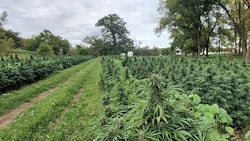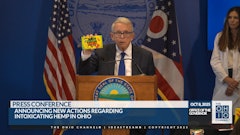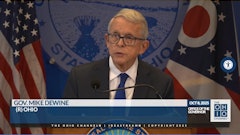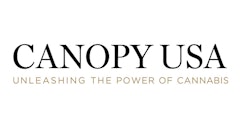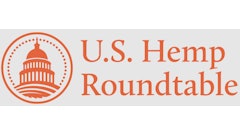The U.S. Department of Agriculture (USDA) will be providing additional access to its pilot crop insurance program, the pilot Multi-Peril Crop Insurance (MPCI) plan, in 2021, with other coverage options on the way next year.
According to a Nov. 30 press release, the USDA is expanding the program to new states, including Arizona and Texas, and more counties in Tennessee, Colorado, and Kentucky. In 2021, the MPCI will also allow coverage if growers have a contract to purchase the insured hemp and meet all applicable state, tribal, and federal regulations. Currently, growers cannot obtain insurance if they have no production history.
“We are pleased to expand the hemp program and make other improvements for hemp producers,” USDA Risk Management Agency Administrator Martin Barbre said in the statement. “Hemp offers exciting economic opportunities for our nation’s farmers, and we are listening and responding to their risk management needs.”
MPCI provides coverage against loss of yield because of insurable causes of loss for hemp grown for fiber, grain, or cannabidiol (CBD) oil. Those insurable causes include losses associated with lower yields, destroyed crops, or prevented planting where no permanent federal crop insurance program is available.
The original program applied to select counties of 21 states: Alabama, California, Colorado, Illinois, Indiana, Kansas, Kentucky, Maine, Michigan, Minnesota, Montana, New Mexico, New York, North Carolina, North Dakota, Oklahoma, Oregon, Pennsylvania, Tennessee, Virginia, and Wisconsin. To find out if you’re in an eligible county, check on the USDA’s Actuarial Information Browser.
Meanwhile, in 2021, hemp will be insurable under the Nursery Crop Insurance program and the Nursery Value Select pilot crop insurance program. Under both plans, hemp will be insurable if grown in containers in compliance with federal regulations, any applicable state or tribal laws, and terms of the crop insurance policy.
Industry Reacts
Despite the expanded coverage, some hemp industry stakeholders say it's still not enough for the fledgling industry. Adam Koh, the Hemp Benchmarks editorial director, tells Hemp Grower this coverage is insufficient.
"It's a step, but there are still a lot of gaps that prevent some hemp growers from getting coverage (where they are, lack of production history, acreage requirements, the requirement to have a contract with a processor), and losses still might not be covered in some cases—if a crop goes hot, for example," Koh says.
The MPCI also does not cover late or prevented planting, replanting, trend yield adjustment, yield exclusion, yield cups, yield floors, or yield substitution.
Koh adds that uncertainty is the biggest obstacle to sufficient coverage. "I think the bottom line is it's very hard, if not impossible, to write insurance policies without a significant amount of good data on how to value the crop," Koh says. "Then, hemp's potential to become an illegal controlled substance if the THC gets too high complicates things further."
Koh predicts it will take several years to address these uncertainties fully. As a result, it will likely take a few more years before hemp growers can access the same level of risk management products available to those growing traditional crops.










